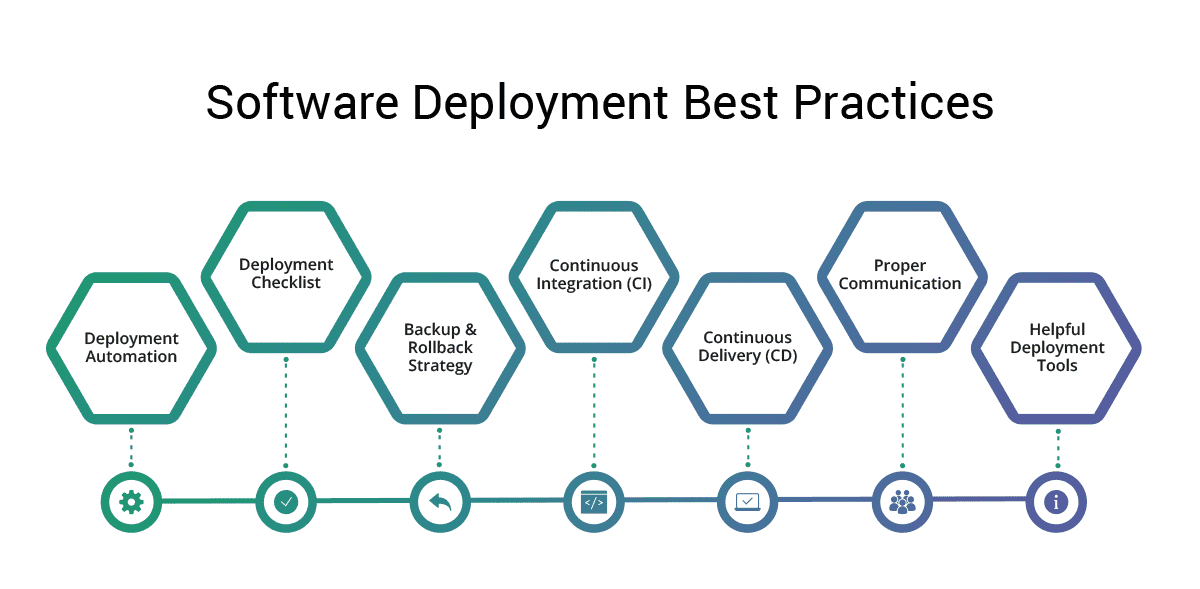Deploying Code
What is Deploying Code?
Definition:
“Deploying Code” refers to the process of making software applications or updates accessible and operational in a production environment. This involves moving code from a development environment to a live, functioning system where end-users can interact with it. Deployment encompasses a series of steps and configurations to ensure a smooth transition from development to production, minimizing downtime and potential disruptions.
Analogy:
Imagine deploying code as orchestrating a theater performance. The development phase is akin to rehearsals, and deploying code is the actual live performance. Just as a director coordinates actors, props, and lighting for a seamless show, deploying code involves coordinating various elements to ensure the software runs smoothly in its intended environment.
Further Description:
The deployment process involves several crucial steps:
Build: Compilation of source code into executable code or binaries.
Testing: Rigorous testing to identify and rectify any issues or bugs before deployment.
Staging: Running the application in a staging environment that mimics the production environment, allowing for final checks.
Configuration Management: Managing configurations to ensure consistency between development, testing, and production environments.
Rollout: The actual deployment of code to production servers, making the software available for end-users.
Monitoring: Continuous monitoring of the deployed application to detect and address issues promptly.
Why is Deploying Code Important?
Ensures Software Availability: Deployment is crucial to make the latest features, improvements, or bug fixes available to end-users.
Minimizes Downtime: Efficient deployment practices help minimize downtime, ensuring that the application remains accessible during the update process.
Facilitates Scalability: Deploying code is essential for scaling applications to accommodate growing user bases or increased workloads.
Improves Collaboration: Streamlining deployment processes enhances collaboration between development, operations, and other teams, fostering a more efficient workflow.
Examples and Usage:
Continuous Integration/Continuous Deployment (CI/CD): CI/CD pipelines automate the code integration, testing, and deployment processes, ensuring a swift and reliable deployment cycle.
Containerization: Technologies like Docker enable code deployment in lightweight, portable containers, simplifying the deployment process and enhancing consistency across different environments.
Platform as a Service (PaaS): PaaS solutions, like Heroku or AWS Elastic Beanstalk, provide simplified deployment options, abstracting infrastructure management and allowing developers to focus on code.
Key Takeaways:
- Deploying code involves moving software from development to production.
- The process includes building, testing, staging, configuration management, rollout, and monitoring.
- Efficient deployment minimizes downtime and ensures software availability.
- Automation tools like CI/CD pipelines and containerization streamline the deployment process.
- PaaS solutions simplify deployment by abstracting infrastructure management.
- Deploying code is a critical aspect of the software development lifecycle, ensuring that the latest enhancements and fixes reach end-users seamlessly and reliably. Streamlining the deployment process contributes to increased efficiency, collaboration, and overall software quality.





